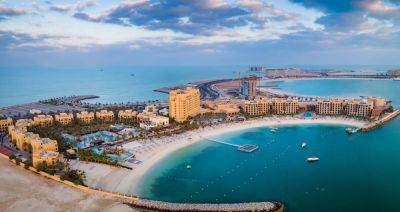When you think of a cruise vacation, you probably imagine sailing the tropical waters of the Caribbean, or navigating around the Greek islands. Your brain likely isn’t conjuring images of the sandswept deserts of Saudi Arabia. But Saudi Arabia strives to make itself more attractive for international tourism — making the process of getting a visa very easy, and establishing tourism-specific destinations like NEOM and AlUla. And thanks to its efforts, it’s become a desirable new destination for Red Sea cruises. Since the first cruise to Saudi Arabia in January 2022, sailings to the kingdom have multiplied. Right now Jeddah is the country’s main cruise port, though as tourism development continues throughout the region, more ports are likely to open. Whether you’re a cruise enthusiast or a newbie, now’s the time to consider a Saudi Arabia cruise.
The lessons learned for cruises to avoid disasters in today’s world
27.11.2023 - 09:53 / traveldailynews.com / Cruises
State-of-the-art equipment has turned the tide against potential cruise ship disasters. However, we can never completely let our guard down; cruise ships should constantly be looking for further innovations to keep passengers safe.
Statistically, cruising is largely a safe venture – the likelihood of passing away aboard a cruise ship is about 1 in 6.25 million. Even if any mortality is too many, recent research shows that cruising is still one of the safest ways to travel and enjoy leisure time. However, failures in emergency responses, engineering, or seamanship, are lingering issues. Throw in treacherous weather conditions and far-distant locations, and a disaster is not an impossibility. Just recently, due to heavy fog, the Norwegian Sun cruise liner collided with a tiny iceberg (growler) while sailing through Alaska. The remainder of the cruise had to be cancelled and thankfully no one was harmed.
Cruise ship catastrophes, despite their rarity, attract sensationalist global media attention when they occur and can cost cruise ship businesses millions of dollars in lost income. Cruise ship accident data is not prolific, but from available statistics, there have been 448 'major' cruise ship accidents since 2005. Between 2000 and 2019, a reported 623 cruise ship passengers and crew died in these accidents.
It should be noted that more than 20 businesses operate 323 cruise ships across the world, and these ships have a combined passenger capacity of more than 540,000. The overall number of passengers and crew members killed aboard a cruise ship each year, although not insignificant, pales compared to the number of people who embark each year.
Furthermore, cruise companies take numerous preventive measures, exchanging faulty boat parts and running various drills. It significantly lowers the risk of a potential cruise ship disaster.
Let’s examine what we have learnt about cruise disasters in terms of causes, and how current technology can avert future tragedies.
Communication and radar
A ship's radar is one means of detecting other ships and avoiding collisions. Radar, however, isn't perfect. In crowded regions, systems have been shown to perform less successfully and are vulnerable to extreme weather. Crew members getting preoccupied with onboard instruments, causing them to lose sight of what is occurring on the surrounding seas, is a contributing factor in certain incidents.
According to the IFT Transport Outlook 2019, marine commerce demand might quadruple in the next 30 years. So, ships must be communicating and locating themselves correctly. A Japanese company, Fujitsu Laboratories, employs artificial intelligence (AI) and big data technology to calculate vessel collision risk. Operators can
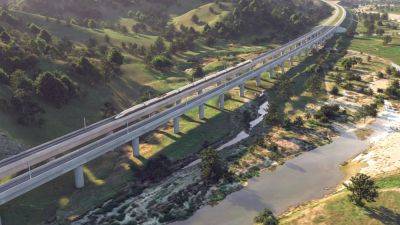
California Is Getting ‘World-Class’ High-Speed Trains
America's rail system has long paled in comparison to the bullet trains of Japan and France's Train à Grande Vitesse. But now, historic new federal funding could finally bring high-speed train travel to the US.

This European capital has been crowned the best city destination in the world
Europe is home to 63 of the top 100 city destinations in the world, according to a new ranking.

Euromonitor International Unveils Top 100 City Destinations for 2023
Global market research company Euromonitor International has released its annual rankings of city destinations based on tourism, sustainability and economic performance. Europe dominates the field. Paris was crowned the most attractive city destination in the world in the Top 100 City Destinations Index 2023, with seven European destinations landing in the top 10 and the continent owning 63 spots in the top 100 overall. Nadejda Popova, Senior Manager (Loyalty) at Euromonitor International, said: “Paris has retained the title of the world's leading city following exceptional performance across the Tourism Policy and Attractiveness, Tourism Infrastructure and Tourism Performance pillars.” Paris was followed by Dubai in second place, Madrid in third, Tokyo in fourth and Amsterdam in fifth. The top 10 was rounded out by Berlin (6), Rome (7), New York (8), Barcleona (9) and London (10).
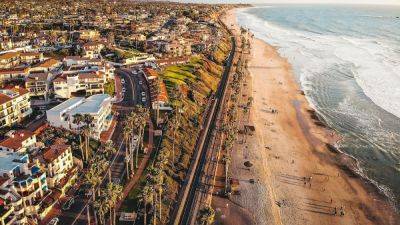
How to plan the ultimate US rail trip along the West Coast or Eastern Seabord
In the US, embarking on a train trip means taking the track less travelled. Once the symbol of technological advancement and westward expansion, the country’s railroads have had a hard time moving into the modern era. But when you ride the rails in the US, you’re afforded the opportunity to peel back the layers of this land and experience it on a human scale.

Sake Makers in California Are on the Rise, Thanks to Japanese American Innovation
This story about sake makers in California is part of Home, Made, a collection of stories honoring Asian diasporas creating vibrant communities by weaving their heritages with their American hometowns. Read more here.
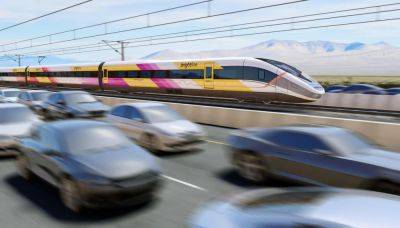
‘Watershed Moment’ For U.S. Rail With $8 Billion For Passenger, Bullet Train Projects
President Joe Biden is a self-described train fan, commuting between Washington, D.C. and Delaware on Amtrak for decades as a Senator. Now to beef up U.S. passenger rail, his administration is doling out more than $8 billion, including funds for two high-speed trains in California and Nevada.
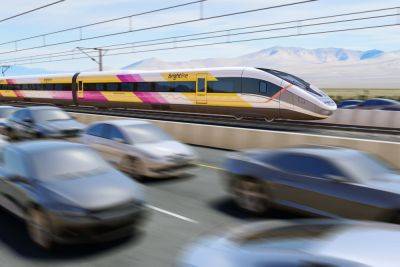
Biden Administration Unveils $8 Billion for New Train Projects
Las Vegas travelers are a $3 billion step closer to speeding through the Mojave Desert on a high-speed train linking Sin City with Southern California.
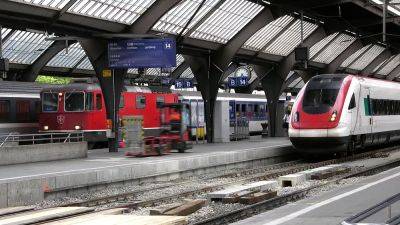
Planning a train adventure in 2024? These are the best stations in Europe for a convenient trip
Europe’s airports are regularly ranked from best to worst to help travellers make informed choices.

Visit Every U.S. National Park for Free on These 6 Days in 2024
America’s national parks are some of the most beautiful spots in the entire country, and next year travelers will be able to visit them all for free on six different days.

JetBlue-Spirit antitrust trial wraps with all outcomes on the table; focus turns to Alaska-Hawaiian merger
The antitrust trial between JetBlue and Spirit finished on Tuesday, with closing arguments from the Department of Justice and lawyers for the airlines marking the end of a monthlong trial that will decide the future of the two airlines — and potentially impact the broader U.S. airline market.
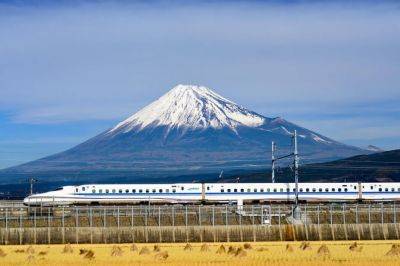
Holiday Gift Guide 2023: The Best Gifts For People Who Love Japan
Japan is already primed and ready to be the hottest travel destination in 2024.
